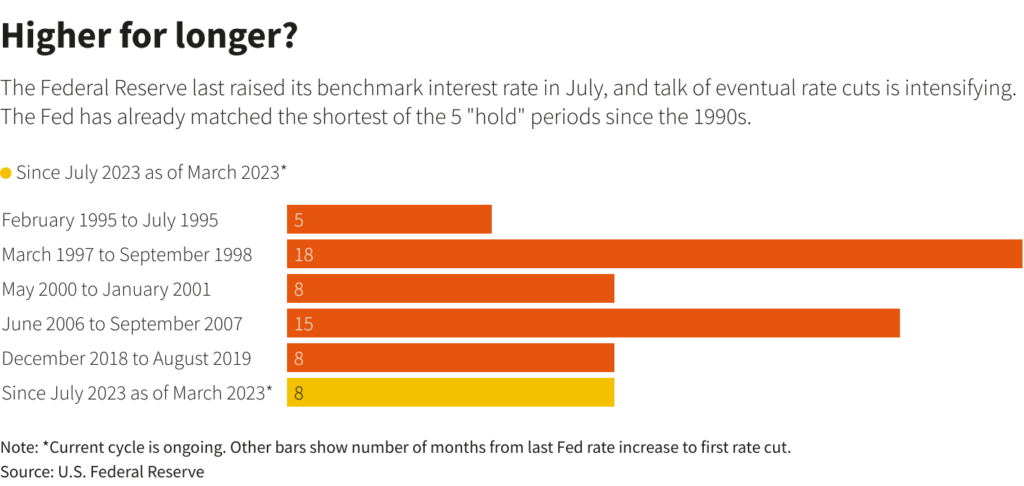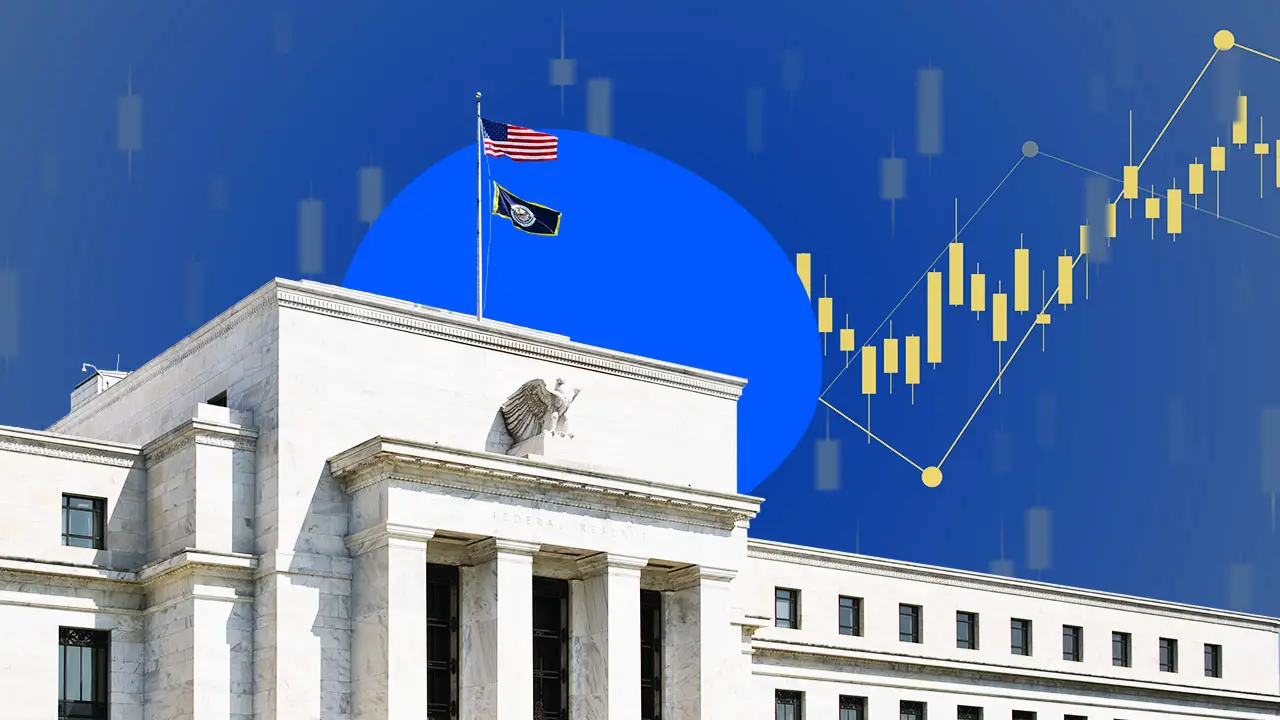Federal Reserve Chair Jerome Powell maintains that the central bank’s stance on inflation hasn’t softened, despite upward revisions to inflation projections by policymakers.
Nonetheless, Powell faces a challenging juncture as he navigates conflicting economic risks, a divided Fed, and public anticipation of interest rate cuts in June.
The possibility of a June rate reduction gains traction if upcoming data shows a convincing decline in inflation towards the Fed’s 2% target.
This trajectory mirrors last year’s trend, which led policymakers to cap the federal funds rate and lay the groundwork for easing this year.
Conversely, some anticipate a slowdown in the economy and weakening job growth, prompting the Fed to cut rates to support the labor market.

Even if inflation persists above expectations and the economy remains robust, the Fed might proceed with a June cut, framing it as a one-time adjustment rather than the start of a series of reductions.
This strategy, proposed by former Fed Vice Chair Richard Clarida, aims to balance the Fed’s dual mandate of employment and inflation while addressing concerns about both a weakening economy and embedded inflation.
This approach diverges from expectations of a steady succession of rate cuts in 2024. Recent statements from Fed officials reflect varying views, with some advocating for tighter policy if inflation remains stubbornly high, while others downplay recent inflation spikes.
Powell’s forthcoming appearance at the San Francisco Fed, following the release of new inflation data, will provide further insight into his perspective. Despite elevated price data, Powell emphasizes a gradual decline in inflation, affirming expectations for a June rate cut.
The Fed’s optimism stems partly from favorable economic conditions, including unexpected productivity growth and an expanding labor force, which have kept inflationary pressures in check. However, skepticism may rise if upcoming data contradicts this narrative, potentially altering policymakers’ outlook on future rate cuts.
The division among policymakers is evident, with projections showing a split between those anticipating multiple rate cuts and those favoring less easing.
Incoming data, particularly on inflation, will sway this balance, determining whether policymakers interpret recent inflation spikes as transient “noise” or signs of a slower disinflationary trend.
At present, the prevailing sentiment among policymakers leans towards viewing January and February’s inflation spikes as temporary, aligning with an optimistic economic outlook and signaling a path towards easier monetary policy.

